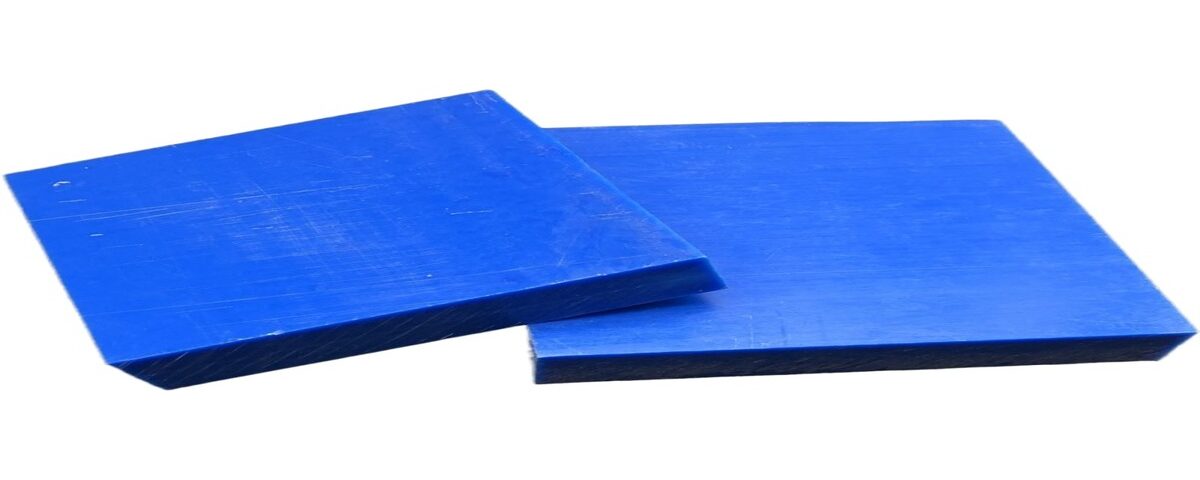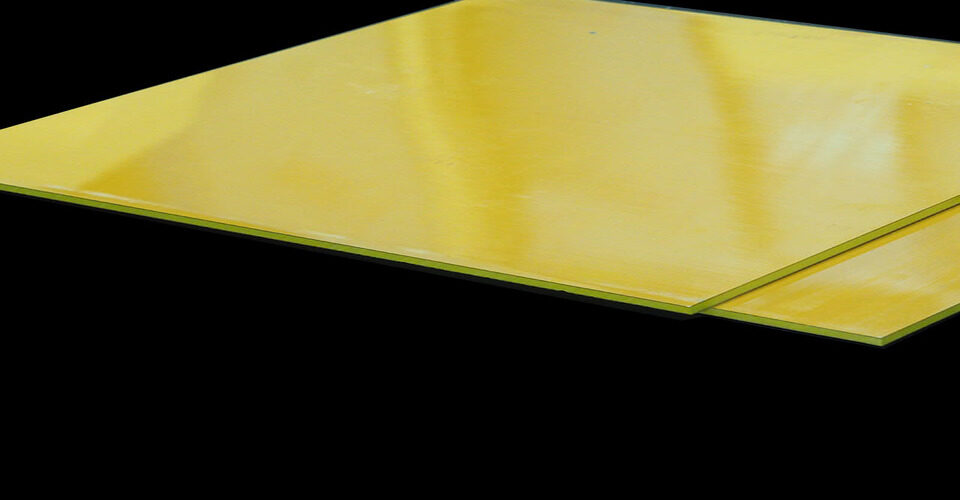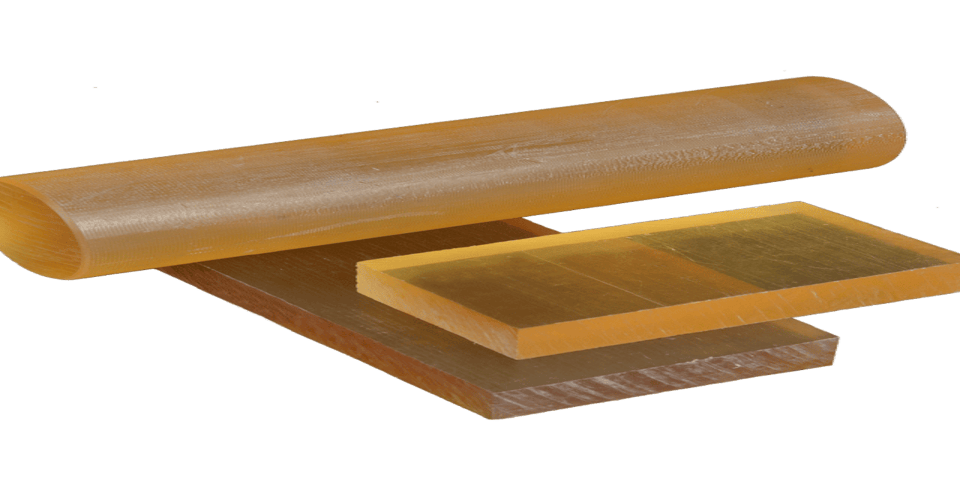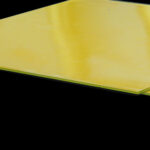
What is the Difference Between PEEK and PAI?
November 20, 2024Polyoxymethylene (POM) and Delrin are terms often used interchangeably, but there are some differences between them. Here’s a breakdown to clarify their relationship and distinctions.
1. Chemical Composition
POM is a type of acetal resin, a polymer made from the polymerization of formaldehyde. Delrin is a brand name for a specific type of POM manufactured by DuPont. In essence, Delrin is a specific grade of POM, but not all POM is Delrin. Delrin is known for its high quality and consistency, often preferred for demanding applications.
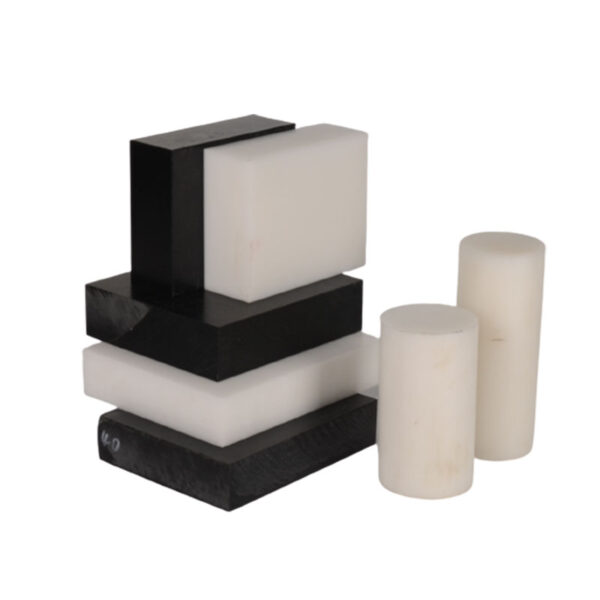
2. Material Properties
Both POM and Delrin offer excellent mechanical properties such as high strength, stiffness, and low friction, making them ideal for precision parts, gears, and bearings. Delrin, however, is specially formulated to provide superior dimensional stability, wear resistance, and reduced moisture absorption compared to other generic POM grades. As a result, Delrin often performs better in high-stress environments.
3. Applications
While POM can be used in a wide range of applications, Delrin is often specified for more critical, high-performance uses. Delrin is frequently found in industries such as automotive, aerospace, and medical devices due to its exceptional mechanical properties and reliability in challenging environments.
4. Cost
Delrin tends to be more expensive than general-purpose POM due to its higher quality and specialized formulations. POM, as a general material, is more cost-effective for standard applications.
In summary, while POM and Delrin are chemically similar, Delrin is a premium, higher-quality form of POM with enhanced properties for demanding applications.


